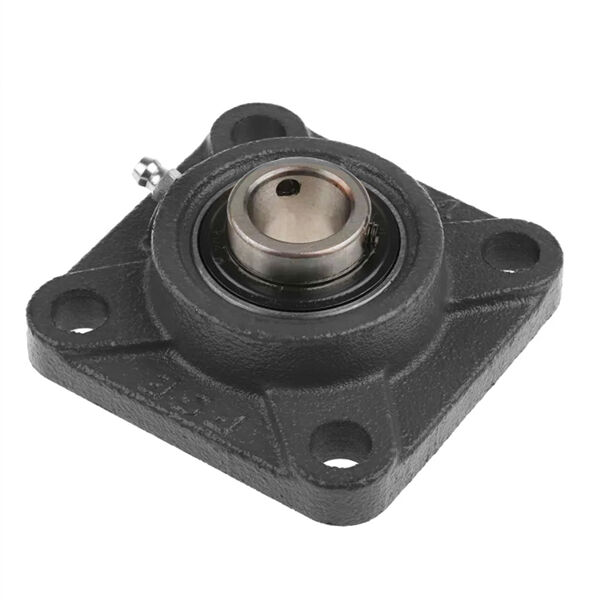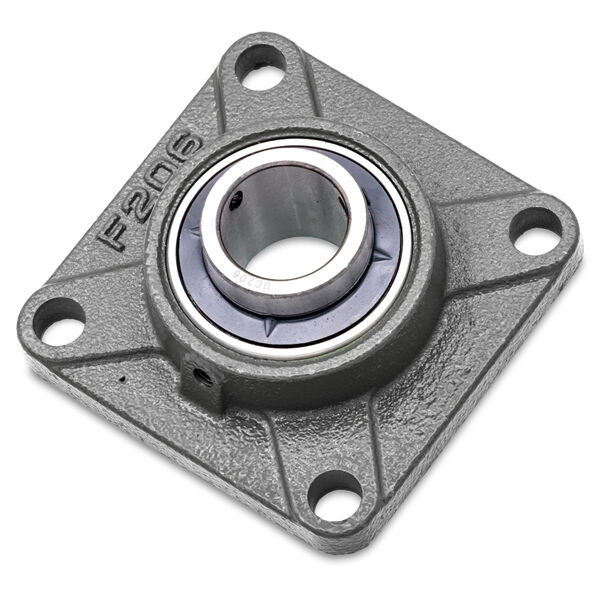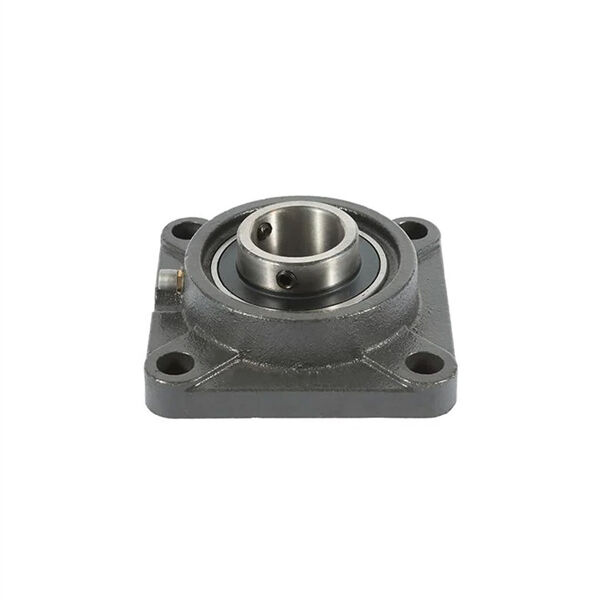Привіт, діти! На основі назви, B блок не є чавунна гнучка вставка . Він може схожий на робочу частину важкої машини, але насправді це дуже корисна річ, яка робить інші машини кращими. Отже, сьогодні ми дослідимо підшипникові блоки і як вони допомагають машинам працювати гладко та ефективно.
Підшипниковий блок — це базовий, але дуже важливий компонент багатьох машин, з якими ви зустрічаєтеся щодня. Його головна функція — підтримувати вал, який є довгим обертаючим елементом. Ця частина важлива, оскільки дозволяє валу обертатися гладко, з мінімальним трущанням, не стикаючись з оточуючими компонентами і не завдаючи шкоди. Підшипниковий блок складається з основи, яка залишається нерухомою, і чохла, який може обертатися. Чохол обʼємає вал і рухається разом з ним, а основа тримає все на місці і запобігає руху з боку.
Це найпростіші види типи чавунних гнучких вставок . Вони складаються з простого металевого чохла, який обертається всередині нерухомої металевої основи. Плоскі підшипникові блоки дуже поширені і використовуються в автомобілях, велосипедах та багатьох машинах, яким потрібно рухатися з мінімальним триттям. Вони часто використовуються там, де не потрібно, щоб деталі застрягали.
Ці блоки схожі на плоскі підшипникові блоки, лише в них є маленькі котушкові елементи, які котяться на валу всередині чохла. Це забезпечує менше триття, що означає менший знос і гладші рухи. Завдяки такому устрою, кулькові підшипникові блоки знаходять застосування в різних машинах, включаючи конвеєрні смуги, шкиви та двигуни. Вони добре працюють, роблячи обертання швидшим і без додаткових зусиль.

Каткові підшипники працюють подібно до вищезазначених кулачкових підшипників, але у них всередині рукава знаходяться круглі катки. Катки дозволяють нести більші навантаження, схожі на кулачкові підшипники, але дуже надійним способом. Каткові підшипники використовуються у великих, важких машинах, таких як крані та бульдозери, де необхідно підтримувати велику вагу і забезпечувати точне повільне рух.

Переконайтеся, що весь підшипниковий блок заповнений смазкою (олеєм або жиром). Смазка забезпечує плавніший рух деталей і захищає їх від швидкого зносу. Зауважте, що існує різні типи смазок, тому використання рекомендованого типу для вашого виду підшипникового блоку є важливим. Невелика кількість смазки може дати чудовий ефект!

Якщо ваш підшипниковий блок гучить, можливо, йому просто потрібна смазка або в ньому витерлись деталі. Як перший крок, спробуйте додати більше смазки і подивіться, чи це вирішить проблему. Якщо шум залишається, перевірте компоненти на наявність пошкоджених частин (витерті підшипники тощо) і замініть їх, якщо необхідно, щоб з'ясувати, чи це допоможе.
CIXI HOTO пропонує тисячі підшипникових блоків у виконанні з нержавіючої сталі, уг勒озмісної сталі та сталі для підшипників.
CIXI HOTO виготовляє різні види кулькових підшипників. підшипниковий блок (рукави-клітинки, клітки, кульки, уплотнення) Труба з підшипникової сталі, і ми пропонуємо комплексну послугу для кулькових підшипників.
CIXI HOTO вже запустила 40 виробничих ліній. Це також допомогло досягти коротких термінів поставки підшипникових блоків.
CIXI HOTO має сильну систему контролю якості, сертифікацію ISO9001-2016, AHSAS18001, ISO14001, підшипниковий блок ISO14001: 2016.